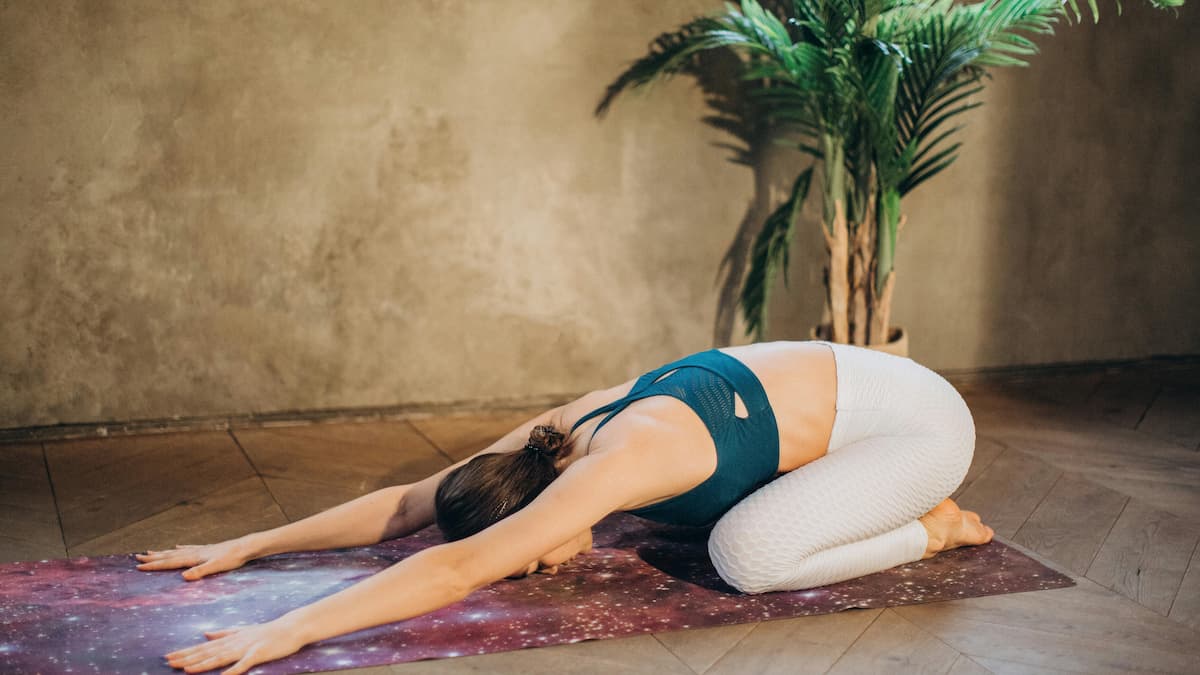Overcoming addiction requires strength, patience, and a deep sense of self-awareness. One of the most effective ways to develop these qualities is through Vinyasa Yoga, a dynamic practice that links breath with movement.
This flowing style of yoga is not just about physical exercise; it builds mental clarity, emotional balance, and resilience, all of which are crucial in addiction recovery.
Why Vinyasa Yoga is Powerful for Recovery
Vinyasa Yoga offers a structured yet fluid approach to healing. Here’s how it helps in the recovery process:
- Regulates the Nervous System – The breath-focused movement activates the parasympathetic nervous system, reducing stress and anxiety.
- Builds Physical Strength – Addiction often weakens the body. Vinyasa helps restore stamina, flexibility, and balance.
- Improves Emotional Resilience – Flowing through poses encourages emotional release and a sense of accomplishment.
- Promotes Mindfulness – Staying present in each movement enhances self-awareness and reduces impulsivity.
- Releases Stored Trauma – The combination of movement and breathwork helps process and release emotional pain stored in the body.
- Encourages Routine and Discipline – A regular Vinyasa practice creates structure, a key element in maintaining sobriety.
Best Vinyasa Poses for Building Resilience in Recovery
1. Downward-Facing Dog (Adho Mukha Svanasana)
Benefits: Stretches the body, improves circulation, and calms the mind. How to practice:
- Start on all fours.
- Lift hips upward, straightening the legs.
- Press palms firmly into the mat, aligning head between arms.
- Hold for 5–10 breaths.
2. Warrior II (Virabhadrasana II)
Benefits: Enhances confidence, balance, and mental focus. How to practice:
- Stand with feet wide apart, turning one foot out.
- Bend the front knee and extend your arms parallel to the ground.
- Hold for 5 breaths, then switch sides.
3. Tree Pose (Vrksasana)
Benefits: Improves concentration and emotional stability. How to practice:
- Stand tall, and shift weight onto one foot.
- Place the other foot on the inner thigh or calf.
- Bring hands to the heart center or overhead.
- Hold for 10 breaths, then switch.
4. Camel Pose (Ustrasana)
Benefits: Opens the heart, releases emotional blockages, and builds courage. How to practice:
- Kneel on the mat with hands on lower back.
- Arch backward, reaching hands toward heels.
- Keep the chest lifted and hold for 5 breaths.
5. Child’s Pose (Balasana)
Benefits: Grounds the mind, soothes the nervous system, and relieves stress. How to practice:
- Sit back on your heels, stretching your arms forward.
- Rest your forehead on the mat and breathe deeply.
- Hold for 30 seconds to a minute.
Integrating Vinyasa Yoga into Your Recovery Journey
- Start Small – Begin with just 10–15 minutes of practice daily.
- Focus on Breath – Deep breathing enhances emotional balance.
- Be Gentle with Yourself – Progress takes time; avoid self-judgment.
- Attend a Class or Follow Online Sessions – Guidance can help you stay motivated.
- Set an Intention – Dedicate your practice to healing and inner peace.
Final Thoughts
Vinyasa Yoga is more than just a workout, it’s a path to self-discovery, healing, and resilience. The rhythmic flow of movement and breath creates a safe space to process emotions, build strength, and reconnect with your body. Whether you are in early recovery or years into your sobriety journey, incorporating Vinyasa Yoga can help you stay grounded, focused, and empowered.
Embrace the flow, breathe through the challenges, and step into your strength.

